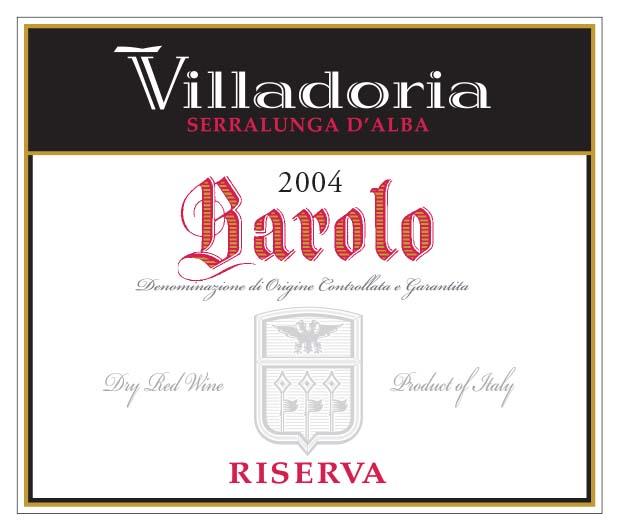2004 Barolo Red Blend
The Villadoria Barolo is a remarkable red blend from the prestigious Barolo region, renowned for its exceptional Nebbiolo grapes. This vintage, dating back to 2004, showcases a deep garnet color that hints at its complexity. On the palate, it offers a full-bodied experience, balanced by high acidity that brings a refreshing brightness to each sip. The tannins are notably structured, providing a solid backbone that enhances the wine's aging potential. With prominent fruit intensity, aromas of dark cherry and plum intertwine with secondary notes of leather, tobacco, and earthy undertones, creating a captivating bouquet. As a dry red, the Villadoria Barolo exemplifies the rich heritage of its region, making it a perfect companion for hearty Italian dishes or simply enjoyed on its own.
The Villadoria Barolo is a remarkable red blend from the prestigious Barolo region, renowned for its exceptional Nebbiolo grapes. This vintage, dating back to 2004, showcases a deep garnet color that hints at its complexity. On the palate, it offers a full-bodied experience, balanced by high acidity that brings a refreshing brightness to each sip. The tannins are notably structured, providing a solid backbone that enhances the wine's aging potential. With prominent fruit intensity, aromas of dark cherry and plum intertwine with secondary notes of leather, tobacco, and earthy undertones, creating a captivating bouquet. As a dry red, the Villadoria Barolo exemplifies the rich heritage of its region, making it a perfect companion for hearty Italian dishes or simply enjoyed on its own.




